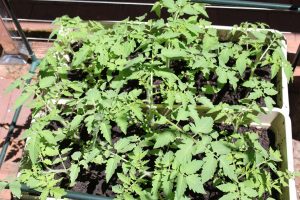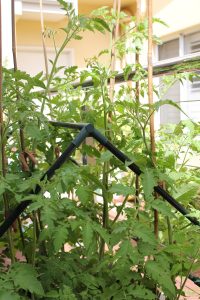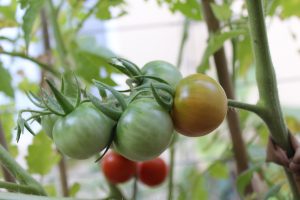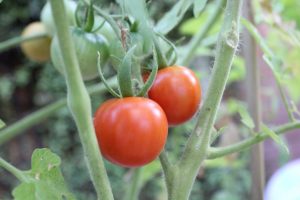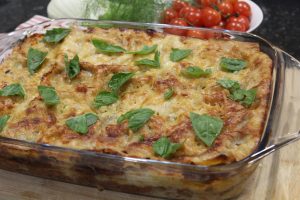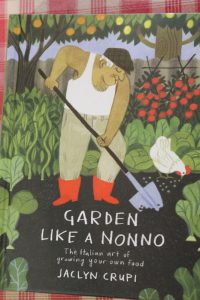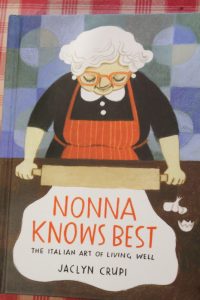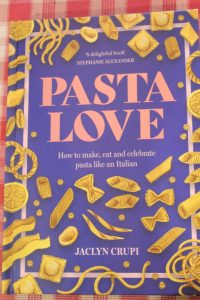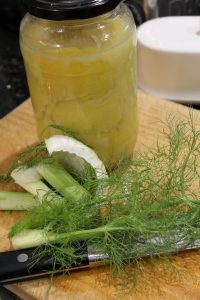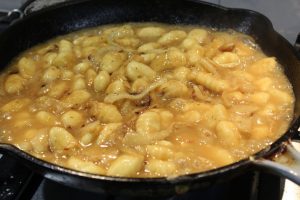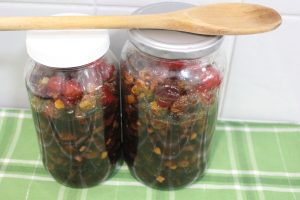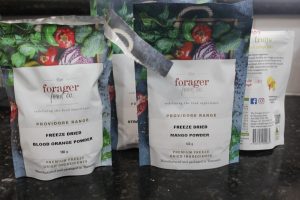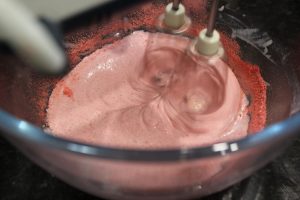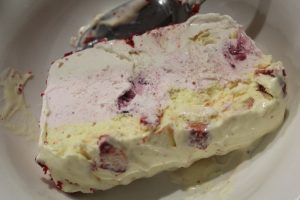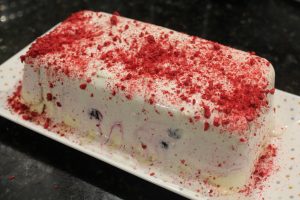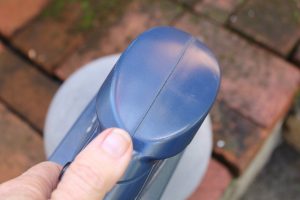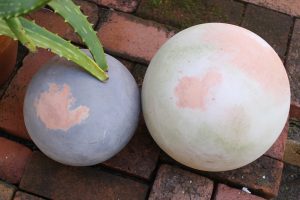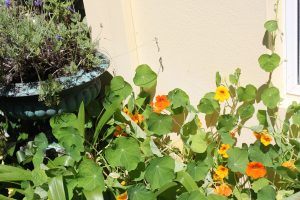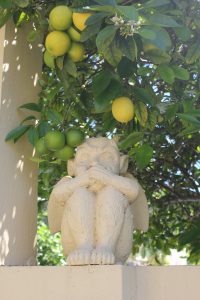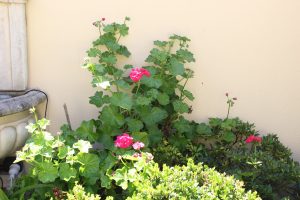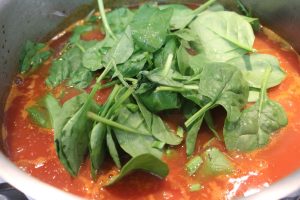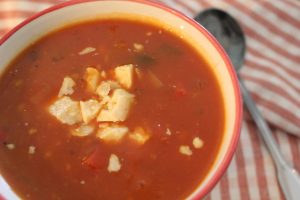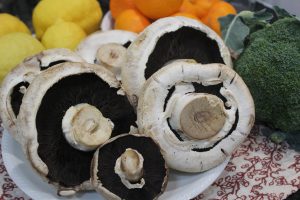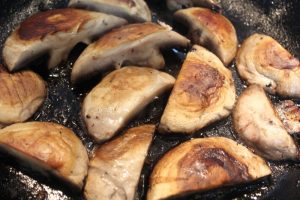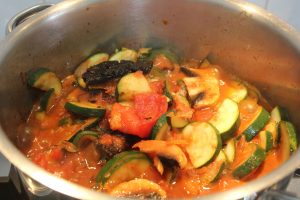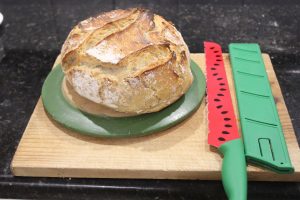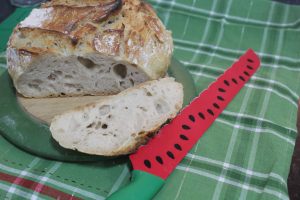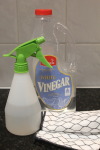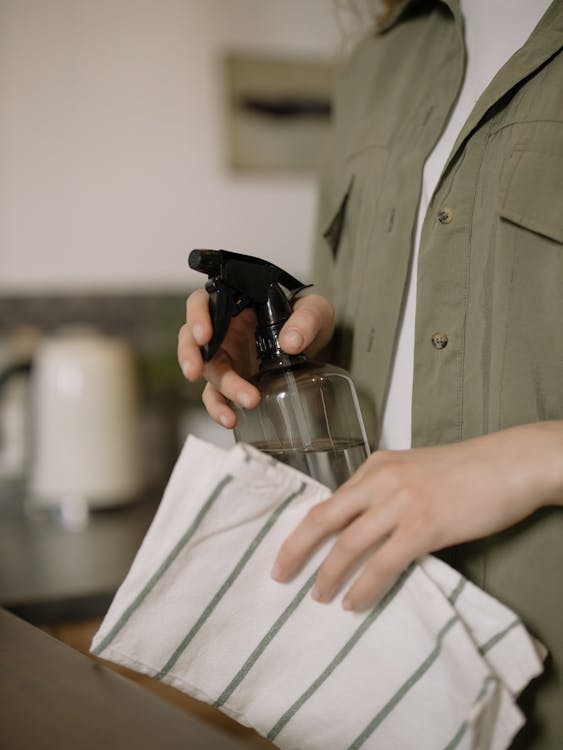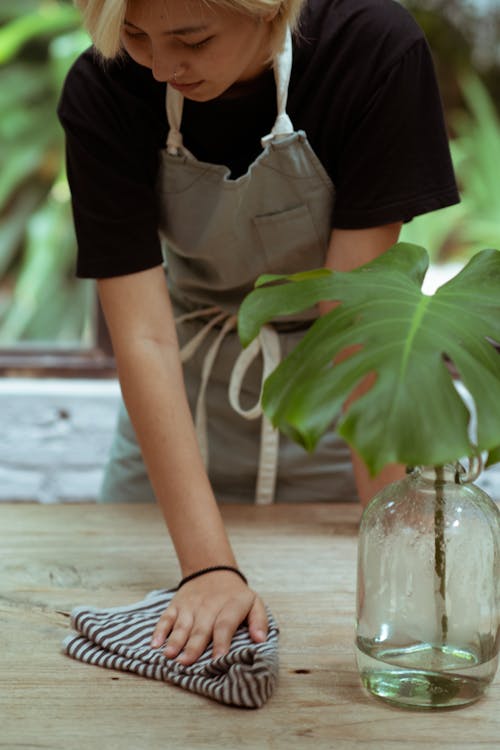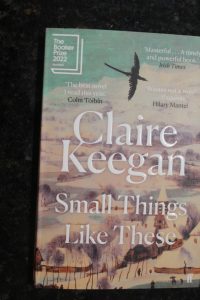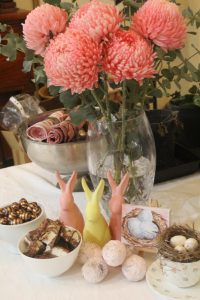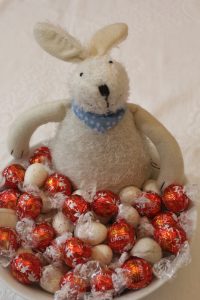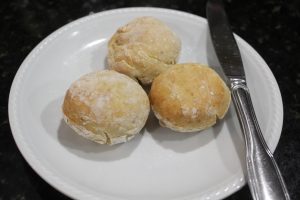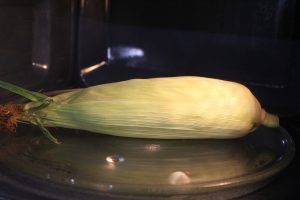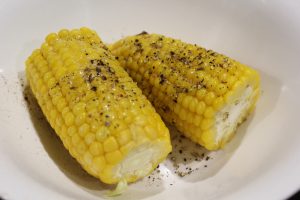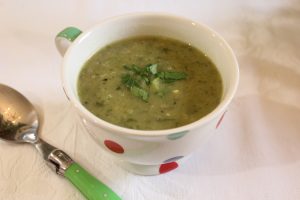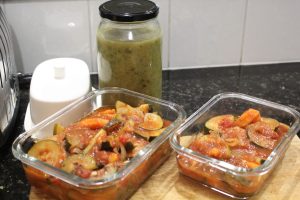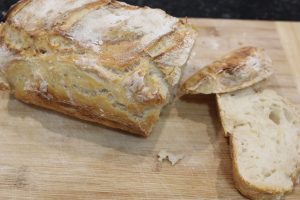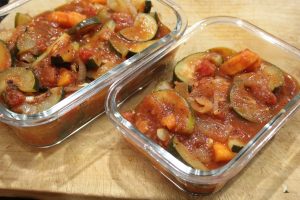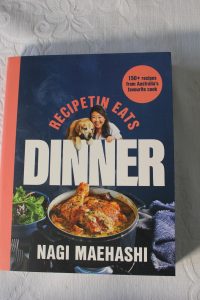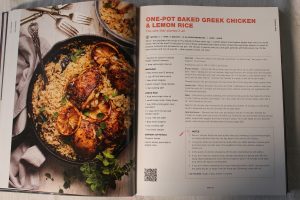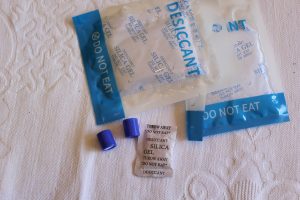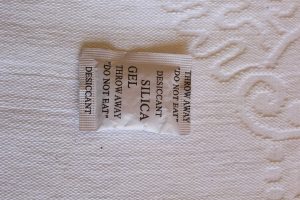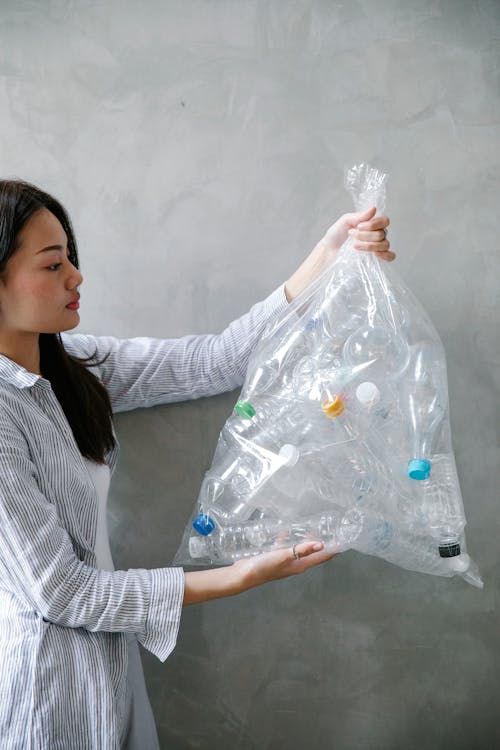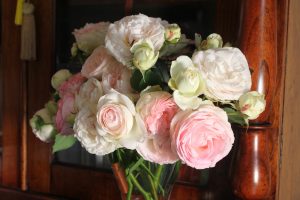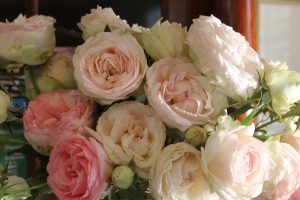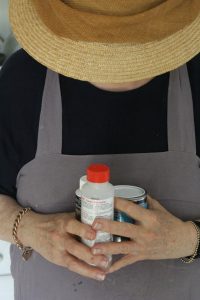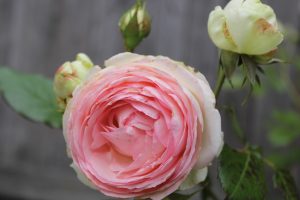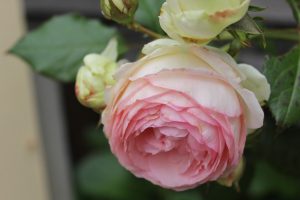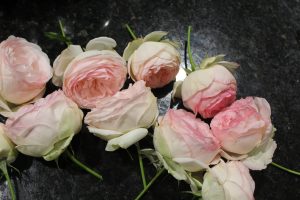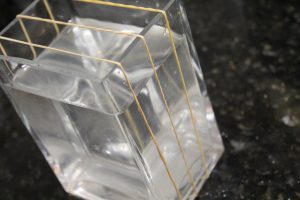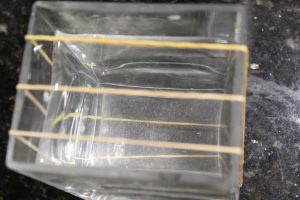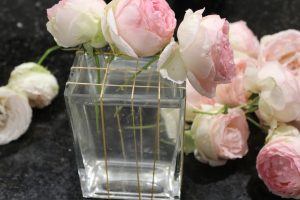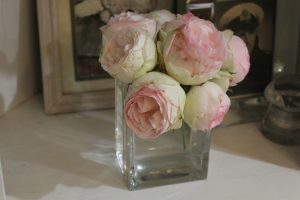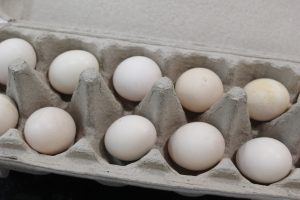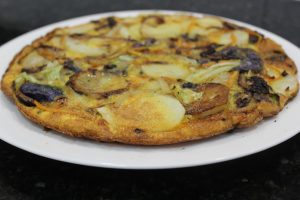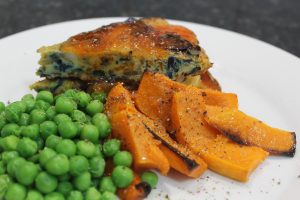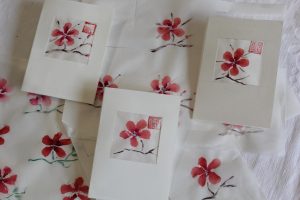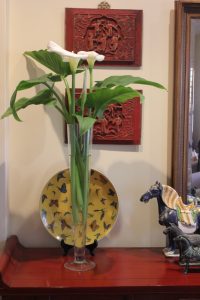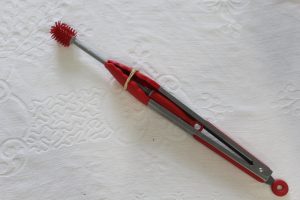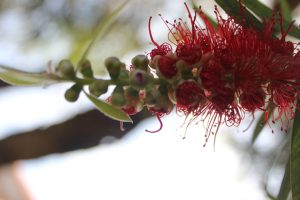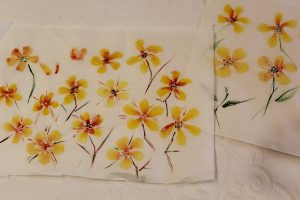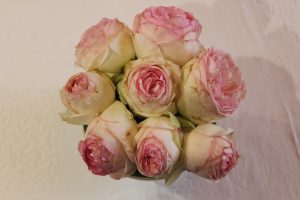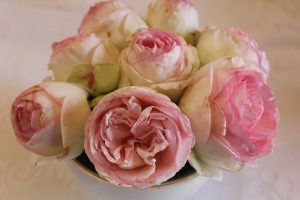growing
I recently ordered a set of terracotta spikes to seep water into my indoor plants while we were away for a few days. It’s still quite hot so I couldn’t leave the plants for very long. The spikes have a lip at the top to rest small water bottles to fill with water. The water in the bottles fills the spike then water seeps from the terracotta spike into the soil. Tested them for a few days to be sure the spikes would keep the plants watered and they worked well.
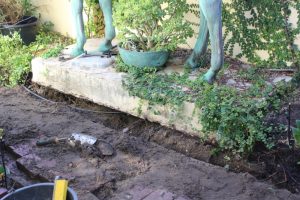

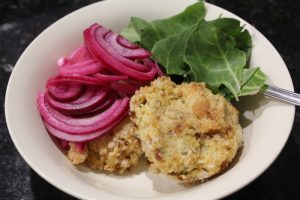

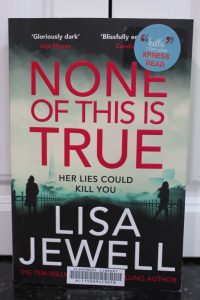

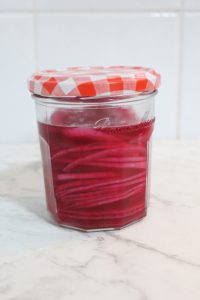

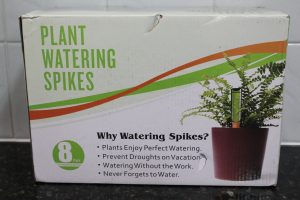

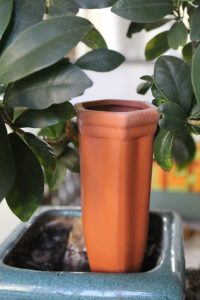

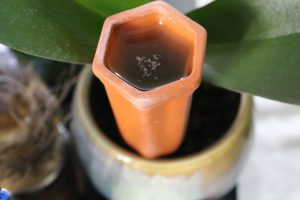

I’ve been planting autumn bulbs and seeds, ready for some action in the spring. After the success of the tomato plants (I picked several hundred tomatoes over about six weeks) I decided to try shallots. Ordered the seeds online. I use a lot of shallots in Asian recipes and some French dressings and they’re $12.00 a kilo at the grocery store. Also planted poppy seeds and sweetpea seeds, both saved from my Mother’s garden plus a pretty punnet of violas from a friend. I have a long list of jobs I’d like to tick off my TO DO list but we are time poor.
Yesterday I got so many long overdue jobs done in the garden. This morning the handyman came to fix some reticulation. We thought we knew the problem but once he removed some paving and began digging it became a much bigger problem! The piping was laid by our son about 18 years ago and none of us remembered exactly where the pipes were or how they joined up. In the meantime, we’d had a plinth laid. He had to removing a path then dig under the plinth. Repairing the reticulation took hours, a few phone calls to our son and an enormous mess. I think I’d keep a plan of the reticulation if I ever do any again!
in the kitchen
Our son recently stayed for 10 days. He gave me a multi bladed pair of scissors for chopping herbs. It is fantastic! Quickly reduces herbs and spring onions into a neat, thinly sliced pile to add to anything. I was making fishcakes and turned two spring onions into thin, even pieces very quickly. It came with its own comb for cleaning, if necessary. Very useful piece of kit.
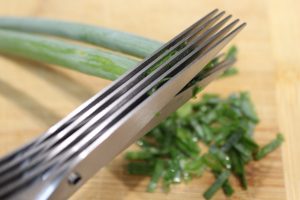

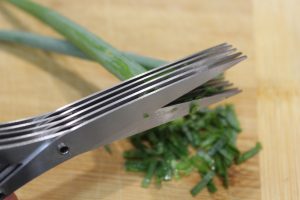

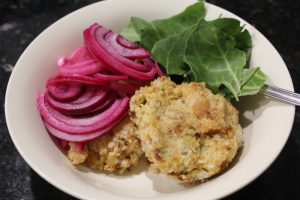

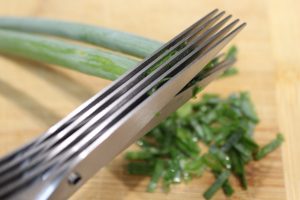

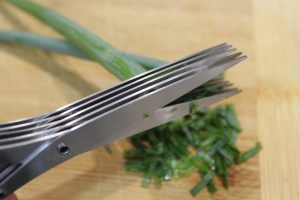

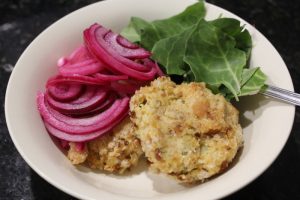

The spring onions were added to a fishcake mix. I’m not a huge fan of fishcakes but these used up a tin of tuna and served with a mix of green vegetables made a really nice dinner. The leftover fishcakes were good for lunch the next day, too.
My son and I both bought two kilos of red onions from the green grocer when he was here. He forgot to take his bag of onions back with him when he left. So what did I do with 4 kilos of red onions? I’ve been making Red Onion Pickles. They don’t last long in this house. They are delicious! Easy to make, too. Thinly slice two halved red onions. Meanwhile put 1 cup of white vinegar, 2 tbspn of white sugar and 1 tbsp course salt to boil, stirring occasionally. It will boil quickly. Then pour the liquid over the onions once you’ve layered them in a jar with a lid. Chill in the fridge. Enjoy!
We’ve been going up and down to Bunbury regularly for months. I’d lost track of when I’d put things in the freezer and decided we needed to eat what was in there and start again. I took out a bag of prawns to thaw in the fridge over night. The prawns thawed well but I didn’t realise there was a hole in the bag! The shelf they were on was awash with prawn juice. The fridge probably needed a really good clean, anyway, but it was a big job! Used the thawed prawns to make dinner.
reading
Our library offers EXPRESS READS. These are very popular books which can be borrowed for one week only. I borrowed Lisa Jewel’s latest book None Of This Is True on Thursday and had finished it by Saturday night. It was a busy weekend for us but whenever the opportunity arose, I could be found reading this book. I think I have read every book she has written because she writes such clever murders. This new book has a contemporary theme and I couldn’t put it down! If you enjoy a cleverly plotted murder, look for Lisa Jewel’s books.




